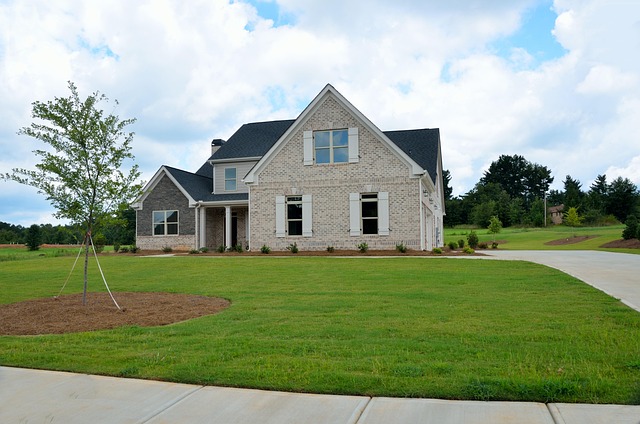In real estate, adjustable rates allow mortgage interest changes based on market conditions, contrasting fixed rates. While initial cost savings attract borrowers, volatility can lead to rate increases over time. Understanding terms like rate caps and adjustment frequency is crucial for informed decisions. Market fluctuations significantly impact loan terms; rising rates increase payments, while downturns lower them. Borrowers need adaptable strategies, including emergency funds and regular review of loan terms, to manage finances effectively in today's dynamic real estate market.
In today’s dynamic real estate landscape, understanding adjustable rates is key to navigating market fluctuations. This article explores the intricacies of adjustable-rate mortgages (ARMs), how they respond to economic shifts, and empowers borrowers with strategies to thrive in a volatile environment. By delving into these topics, we aim to provide valuable insights for both seasoned investors and first-time homebuyers looking to make informed decisions in the ever-changing real estate market.
Understanding Adjustable Rates in Real Estate

In real estate, adjustable rates refer to mortgage interest rates that can change over time based on market conditions. Unlike fixed-rate mortgages where the rate remains constant throughout the loan term, adjustable rates allow lenders and borrowers to adjust the interest rate periodically, usually according to a predefined index linked to financial indicators like the London Interbank Offered Rate (LIBOR) or U.S. Treasury yields. This flexibility can be advantageous for borrowers seeking lower monthly payments initially, as adjustable rates often offer a lower starting point compared to fixed rates.
However, the real estate market’s volatility also means that these adjusted rates can rise significantly over time, potentially increasing a borrower’s monthly outlay. It’s crucial for buyers to understand the terms and conditions associated with adjustable-rate mortgages, including the cap on how much the rate can increase (a ‘rate cap’) and the frequency of adjustments. Such knowledge empowers them to make informed decisions about their financial future in an ever-changing real estate landscape.
How Market Fluctuations Impact Loans

In the realm of real estate, market fluctuations can significantly impact loans. When interest rates in the market increase, it often results in higher borrowing costs for property buyers. This is particularly true for adjustable-rate mortgages (ARMs), which are tied to an index that tracks market movements. As market conditions change, so do the interest rates on these loans, potentially leading to substantial variations in monthly payments over time.
For instance, a borrower with an ARM that adjusts annually might experience a sudden rise in their interest rate after a period of economic growth and low unemployment. This can translate into higher mortgage payments, affecting the affordability of real estate for many individuals. Conversely, during economic downturns, market fluctuations may lead to lower interest rates, making loans more accessible and potentially benefiting borrowers looking to refinance or purchase properties.
Strategies for Borrowers in a Dynamic Market

In a dynamic real estate market characterized by adjustable rates, borrowers need adaptable strategies to manage their finances effectively. One key approach is to maintain a robust emergency fund that can cover several months’ worth of living expenses. This acts as a buffer against sudden interest rate hikes or unforeseen financial events, allowing borrowers to avoid rush decisions like refinancing during turbulent periods.
Additionally, borrowers should regularly review and assess their loan terms. Staying informed about market trends enables them to anticipate changes and make proactive moves. For instance, locking in rates at more favorable levels before expected increases can be a strategic step. Such proactive measures ensure borrowers remain in control of their financial obligations, even as the real estate landscape evolves.






